
Irrigation system in semi-flooded land areas previously planted with cassava.
Mr. Nguyen Cong Quan (residing in Suoi Da commune, Duong Minh Chau district), a household that has grown cassava in Dau Tieng lake for many years, said that this land is semi-flooded land belonging to the Dau Tieng lake irrigation project. People take advantage of the vacant land when the water recedes to grow cassava to earn extra income. People try to plant cassava as early as possible to harvest before the flood season (around August to December of the lunar calendar).
According to Mr. Quan, because people are familiar with the lake's water level rising and falling during the year, they can relatively determine (except in cases of unusually high water levels due to natural disasters) where to plant cassava, which will limit flooding. People plant cassava according to the receding water level and harvest cassava according to the rising water level. Cassava plants in high ground or near the lake shore are planted earliest but are harvested later than cassava areas planted later towards the lake.

Workers grow cassava on semi-flooded land.
Sharing more about the income from growing cassava, Mr. Quan said that the investment capital for 1 hectare of cassava on semi-flooded land until harvest is from 10-15 million VND, depending on the location of the land and whether the soil is sandy or sandy. For sandy land, cassava growers must invest more in fertilizer and water more. That does not include the cost of pulling cassava and the vehicle to transport the cassava to the purchasing place. If cassava is sold for 2,500 VND/kg or more, after deducting all costs, cassava growers will earn over 20 million VND/ha.
"The semi-submerged land in Dau Tieng Lake has created income and livelihoods for many people," Mr. Quan confided.
Road
Source


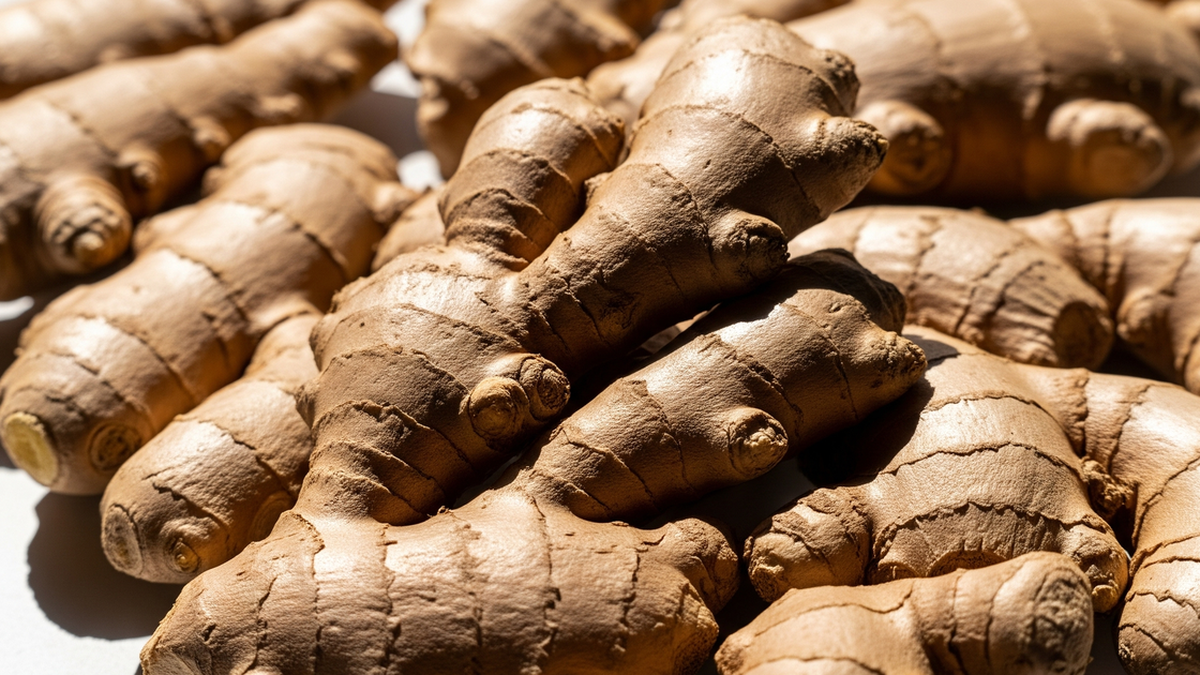

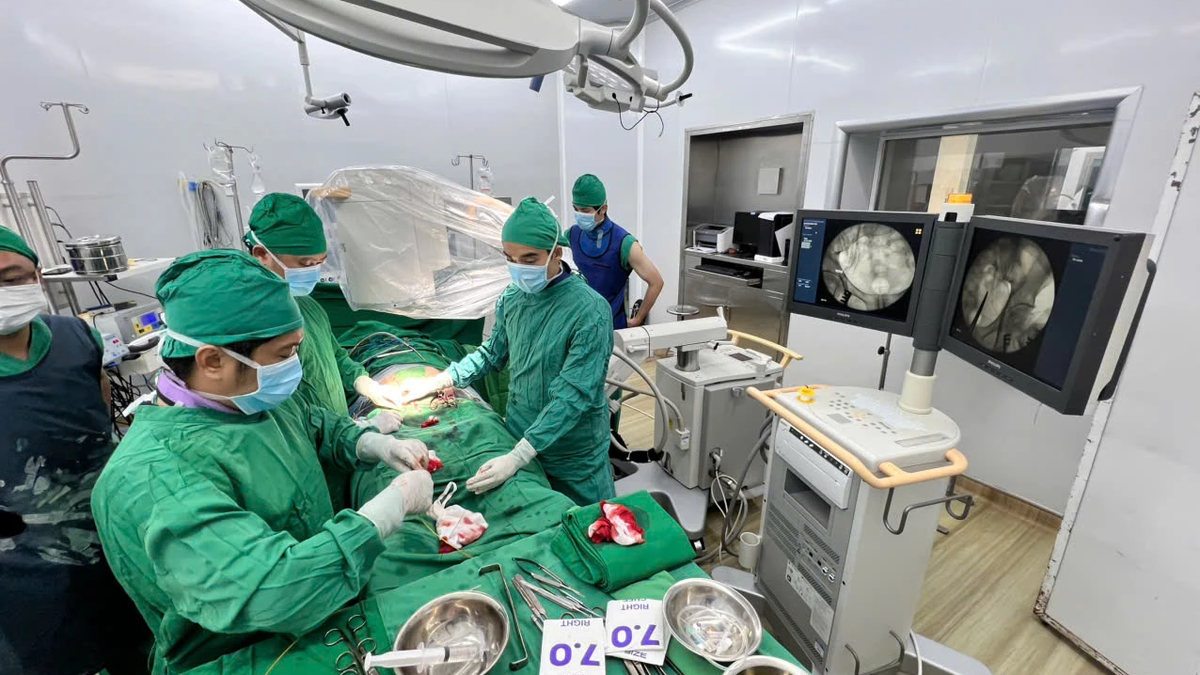
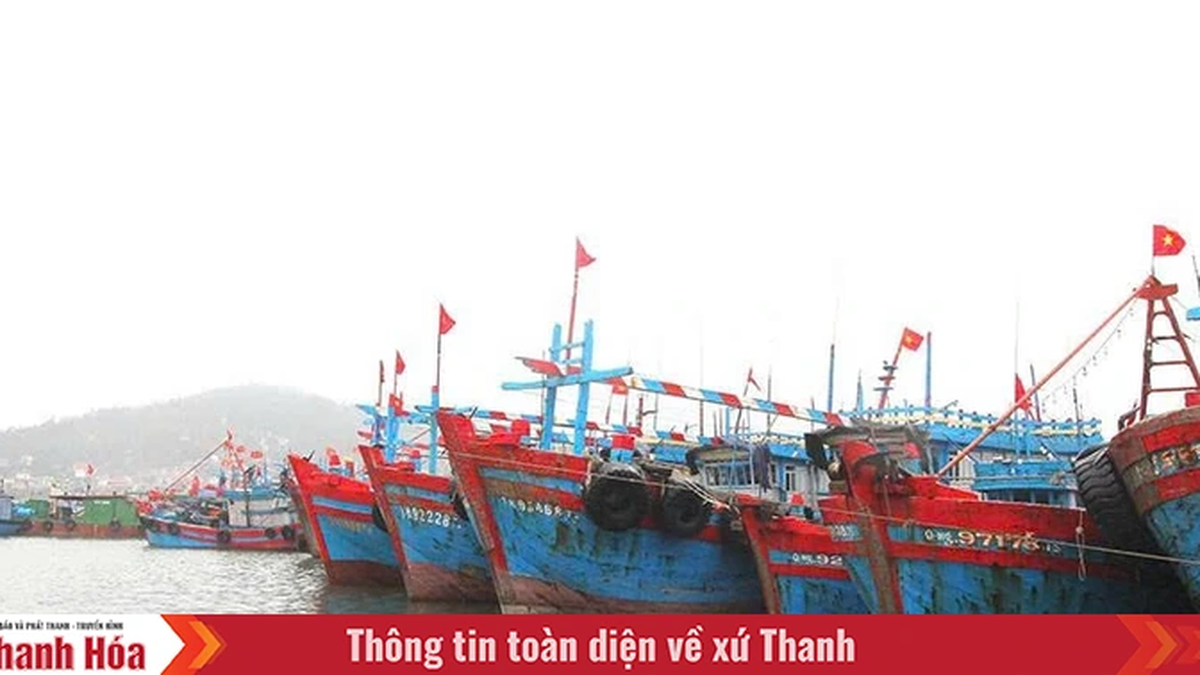
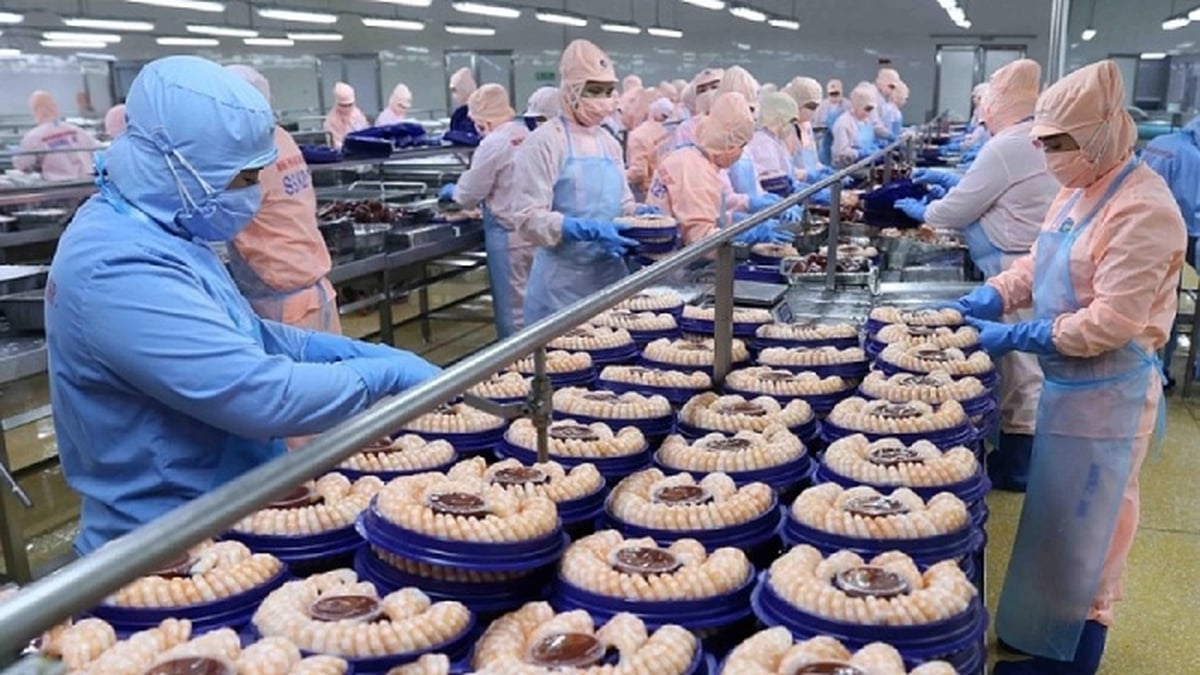

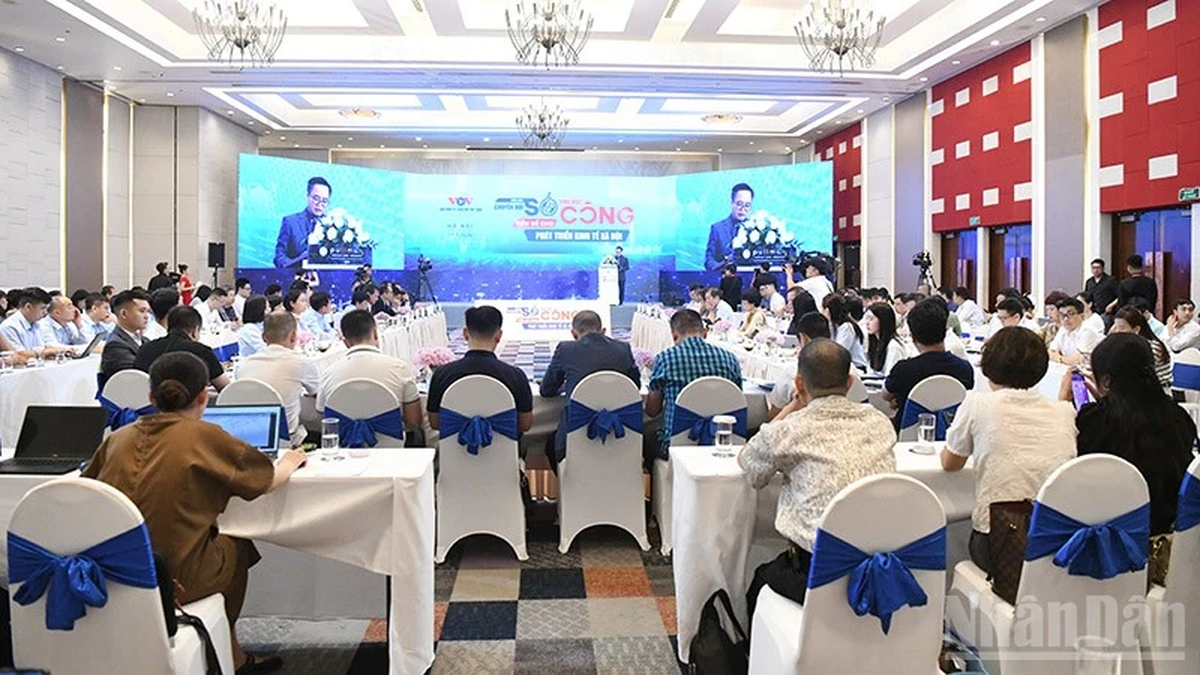
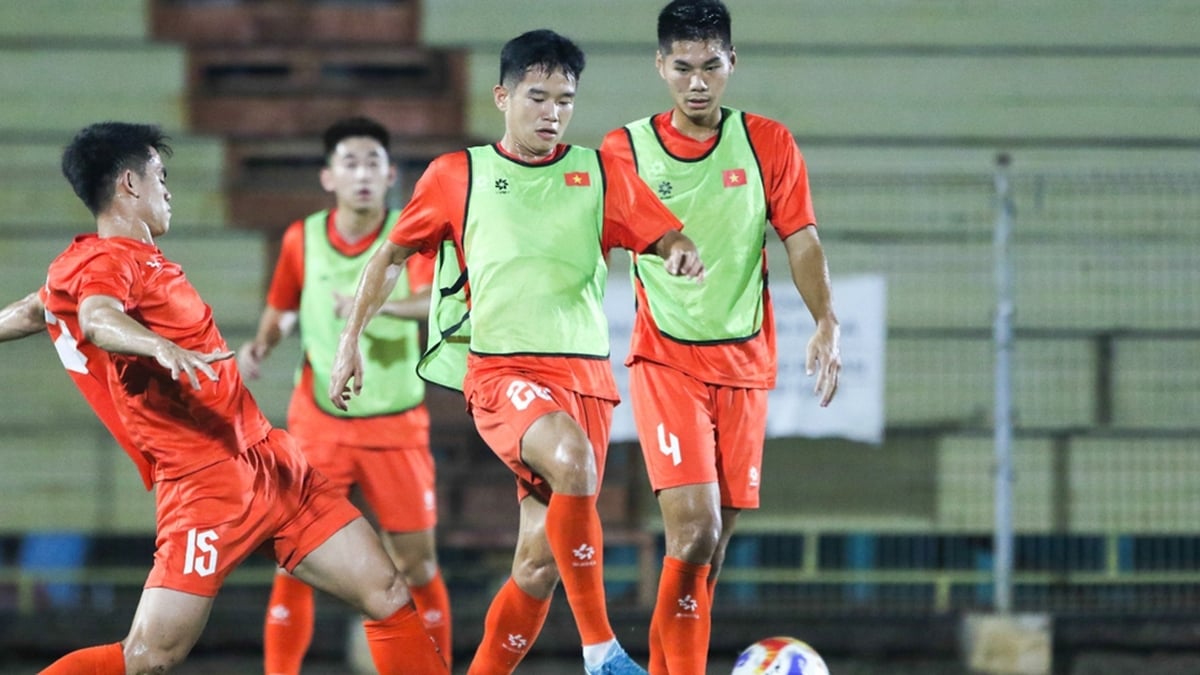


























































































Comment (0)